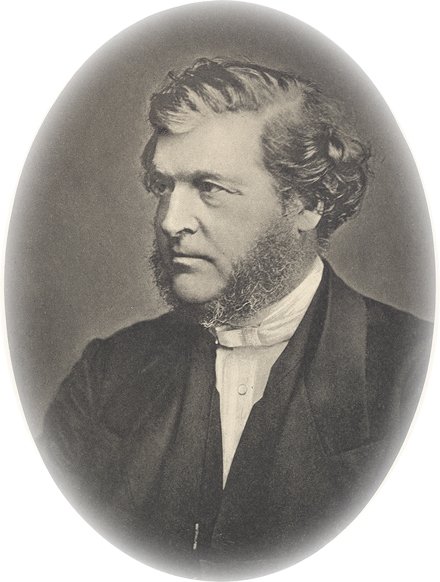The 18th Century has given us some of the most eccentric English Parish Churches. Before Sir Christopher Wren, the tendency of English Church architects was to continue in the Gothic style, though there were notable exceptions. Wren attempted to build Anglican Churches that were "properly Protestant", as we might say. He had his imitators and his followers, and until the rise of the Gothic Revival, these produced a number of neoclassical Church buildings.
One of the most fascinating of the post-Wren English Church architects is James Gibbs, who was a pupil of Wren. By far his most well-known Church is St. Martin-in-The-Fields, London. Probably his most obscure Church is the one that we are going to consider - St. Mary's, Mappleton, near Ashbourne in Derbyshire, probably built at some time between 1710 and 1750.
Not much is known about what Gibbs had to work with at Mappleton, though it is known that there had been a previous building on the site since at least the reign of Edward. What this building was like is quite unknown, but the outline of Gibbs' Church is a very traditional English Church, a rectangular nave/chancel and a square tower. Does it reflect the form of the Medieval building? While his London Churches all include a steeple incorporated within the structure of the Church, at Mappleton the tower is a separate structural component, though it is still the location of the front door.
The tower is topped by a dome crowned with a lantern, and the windows are typical round-headed windows that would have originally been filled with clear glass. The whole thing is very reminiscent of Wren's smaller London Churches, though it is smaller than any of them. Of course, the first question that suggests itself to the visitor on finding this rather accomplished little building in the middle of no-where is, "What on earth was James Gibbs doing in Mappleton?" The answer seems to be that he was approached to design St. Mary's while in Derby, working on the rebuilding of All Saints' (now Derby Cathedral).
Internally very little of the original furnishings survive; pulpit and pews have been replaced long ago, the former by one discarded from Ashbourne Parish Church. The roof, which would originally have had a plaster ceiling (note the brackets that would have supported the ceiling beams) has been exposed, thus raising the height of the ceiling. Still, the effect is, like Wren's Churches, auditory - this is a Church primarily meant for hearing preaching rather than for the Medieval drama of the Mass. The pulpit, meant for a much larger building, is therefore actually appropriately dominant, though Gibbs would have provided a three-decker in approved Georgian style.
The organ, which intrudes so markedly into the oblong building, is of course also a later addition. The gallery would have housed the rustic choir and their equally rustic accompaniment, the exact nature of which would have been largely dependent on the varying musical talents of the villagers. A vestry has been created by the construction of a wooden box under the galley on the south side.
The font, which not original, is of a size appropriate to the building. Quite probably the Georgian rector (who was always the Vicar of Ashbourne as well) would have conduced his baptisms using a silver bowl on the communion table. A later Victorian rector is responsible for this miniature font with its incongruent Gothic detailing and Minton tile floor. Since 1974 Mappleton has been part of the United Benefice of Ashbourne. It is still a well-loved and used village Church, open at all reasonable times and very much worth a visit, if only to see a "Wrenaissance" village Church.
Subscribe to:
Post Comments (Atom)






No comments:
Post a Comment